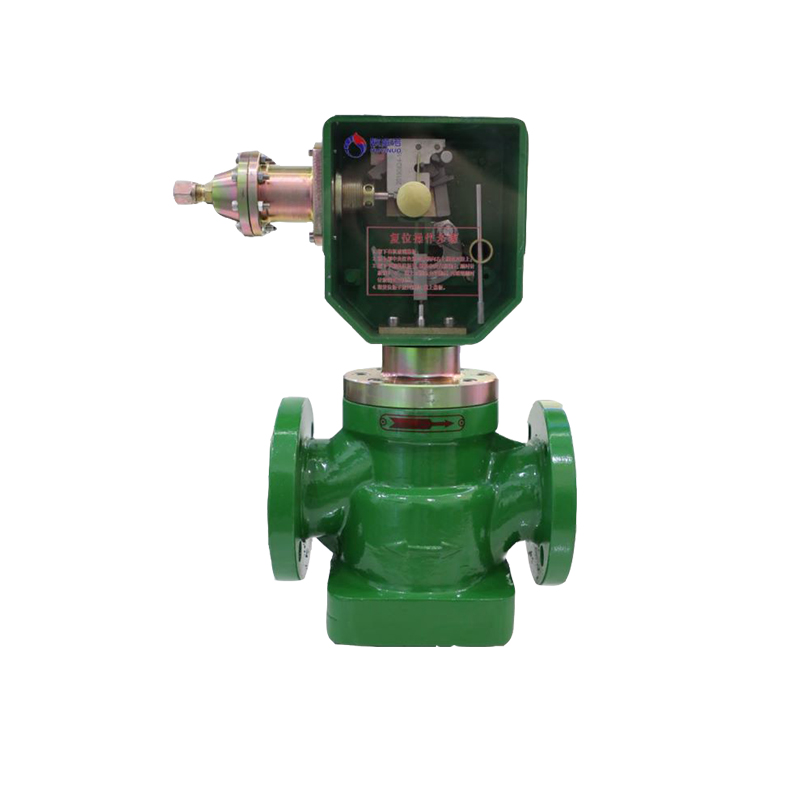
Nov . 12, 2024 11:53
Back to list
pressure regulating skid
Understanding Pressure Regulating Skids Essential Components for Fluid Control Systems
In various industrial applications, maintaining the correct pressure of fluids is crucial for operational efficiency and safety. Pressure regulating skids are specialized systems designed to manage and control fluid pressure in pipelines, ensuring that the pressure remains within defined limits. This article explores the importance, components, and applications of pressure regulating skids.
What is a Pressure Regulating Skid?
A pressure regulating skid is a pre-packaged assembly that includes all necessary equipment to regulate fluid pressure. Typically, it consists of valves, pressure regulators, flow meters, piping, and instrumentation, all mounted on a single frame or platform (the skid). These skids are designed to be easily transportable and can be integrated into existing systems with minimal modifications.
Importance of Pressure Regulation
The importance of accurate pressure regulation cannot be overstated. Operating equipment at incorrect pressures can lead to equipment failures, safety incidents, and even catastrophic system failures. For instance, in the oil and gas industry, both upstream and downstream operations require specific pressures for efficient processing and transportation. Inaccurate pressure levels can compromise product quality, lead to leaks, or cause equipment damage.
Moreover, in applications like HVAC systems, pressure regulating devices help maintain comfort levels by controlling the pressure of air and fluids circulating through the system. Thus, skids serve as critical components in numerous industries, including oil and gas, water treatment, chemical manufacturing, and HVAC systems.
Components of Pressure Regulating Skids
Pressure regulating skids are composed of several key components
1. Pressure Regulators These devices automatically adjust the flow of fluids to maintain a desired pressure level downstream. They are crucial in ensuring that the system operates within safe limits.
2. Control Valves Used to control the flow rate of the fluid, these valves can be actuated manually or automatically depending on the system's requirements.
pressure regulating skid

4. Instrumentation Pressure gauges, temperature sensors, and control panels enable operators to monitor system performance and make adjustments as necessary.
5. Piping and Fittings High-quality piping and fittings are essential to withstand the pressures and temperatures encountered in industrial processes.
6. Safety Devices Pressure relief valves and alarms are included in these skids to ensure safety in case of overpressure situations.
Applications of Pressure Regulating Skids
Pressure regulating skids find applications across various sectors
- Oil and Gas They are used in both upstream (exploration and production) and downstream (refining and distribution) processes to regulate the pressure of hydrocarbons.
- Water Treatment In water treatment facilities, skids help maintain the right pressure for filtration and distribution processes.
- Chemical Manufacturing The chemical industry relies on accurate pressure control for reactions and for transportation of chemicals through pipelines.
- HVAC Systems In residential and commercial settings, pressure regulating skids manage air and water pressure, ensuring system efficiency and comfort.
Conclusion
Pressure regulating skids play a vital role in ensuring the safe and efficient operation of various fluid control systems. By combining essential components into a single, pre-packaged unit, these skids simplify setup and maintenance while enhancing performance across multiple industries. As industries continue to evolve and demand more efficient solutions, the importance of pressure regulating skids will undoubtedly grow, making them indispensable in modern fluid management systems.
Latest news
-
Safety Valve Spring-Loaded Design Overpressure ProtectionNewsJul.25,2025
-
Precision Voltage Regulator AC5 Accuracy Grade PerformanceNewsJul.25,2025
-
Natural Gas Pressure Regulating Skid Industrial Pipeline ApplicationsNewsJul.25,2025
-
Natural Gas Filter Stainless Steel Mesh Element DesignNewsJul.25,2025
-
Gas Pressure Regulator Valve Direct-Acting Spring-Loaded DesignNewsJul.25,2025
-
Decompression Equipment Multi-Stage Heat Exchange System DesignNewsJul.25,2025

